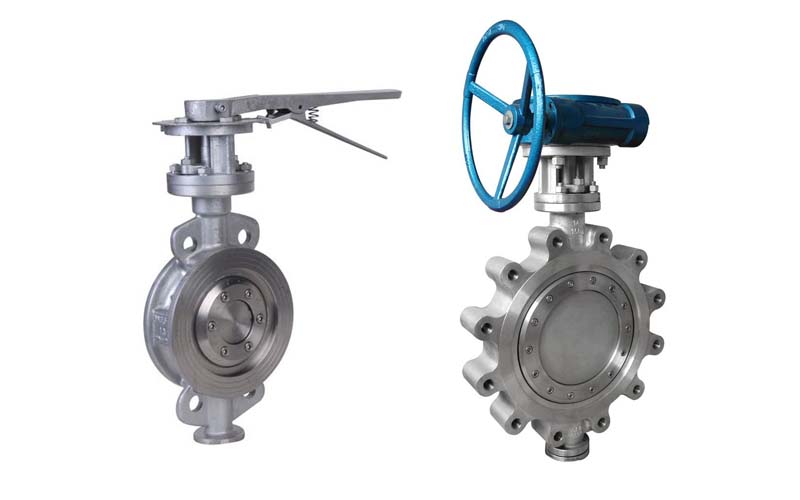Triple offset butterfly valves have become increasingly crucial in industrial systems due to their superior performance and efficiency. Manufacturers of these valves are constantly innovating to enhance their functionality and adapt to evolving industry demands. A triple offset butterfly valve is distinguished by its three distinct offsets that set it apart from conventional butterfly valves. These offsets—two in the valve seat and one in the shaft—contribute to its unique operational characteristics. Firstly, the triple offset design enhances the valve’s sealing capability. In traditional butterfly valves, the seal is achieved through a simple concentric arrangement, which can lead to issues like leakage under high pressure or temperature conditions. The triple offset design addresses these challenges by incorporating an advanced sealing mechanism. The first offset, which is the displacement of the shaft from the center of the valve body, ensures that the valve disc is moved away from the seat, minimizing wear and tear. The second offset involves the angular displacement of the seat, allowing for a tighter seal when the valve is closed.

The third offset, the angular displacement of the disc from the seat, ensures that the disc moves in a way that avoids contact with the seat during operation. This configuration not only improves sealing but also extends the valve’s lifespan and reduces maintenance requirements. Moreover, Dombor triple offset butterfly valves offer exceptional performance under extreme conditions. Manufacturers are continuously improving the materials used in these valves, selecting high-grade alloys and composites that withstand high temperatures, corrosive environments, and high pressures. The result is a valve that remains reliable and performs optimally in demanding applications such as oil and gas, chemical processing, and power generation. The efficiency of industrial systems is also enhanced through advanced actuator technologies. Modern triple offset butterfly valves are often equipped with state-of-the-art actuators that offer precise control and automation capabilities. These actuators can be pneumatic, electric, or hydraulic, and they allow for remote operation and integration with process control systems. This automation reduces the need for manual intervention, minimizes the risk of human error, and ensures that the valve operates consistently and efficiently.
The triple offset butterfly valve manufacturers are now incorporating sensors and diagnostic systems into triple offset butterfly valves, providing real-time monitoring of valve performance. These technologies can detect issues such as leaks, valve wear, and operational anomalies before they lead to system failures. This proactive approach to maintenance helps in preventing downtime and reduces overall operational costs. In addition, manufacturers are focusing on improving the design and construction of triple offset butterfly valves to make them more compact and lightweight. This design optimization is particularly important in applications where space is limited, and every inch of real estate counts. By reducing the size and weight of the valve without compromising on performance, manufacturers are making it easier for industries to implement these valves in various system configurations. In summary, triple offset butterfly valve manufacturers are enhancing efficiency in industrial systems through advanced design features, superior materials, and integration with modern actuator and diagnostic technologies.
